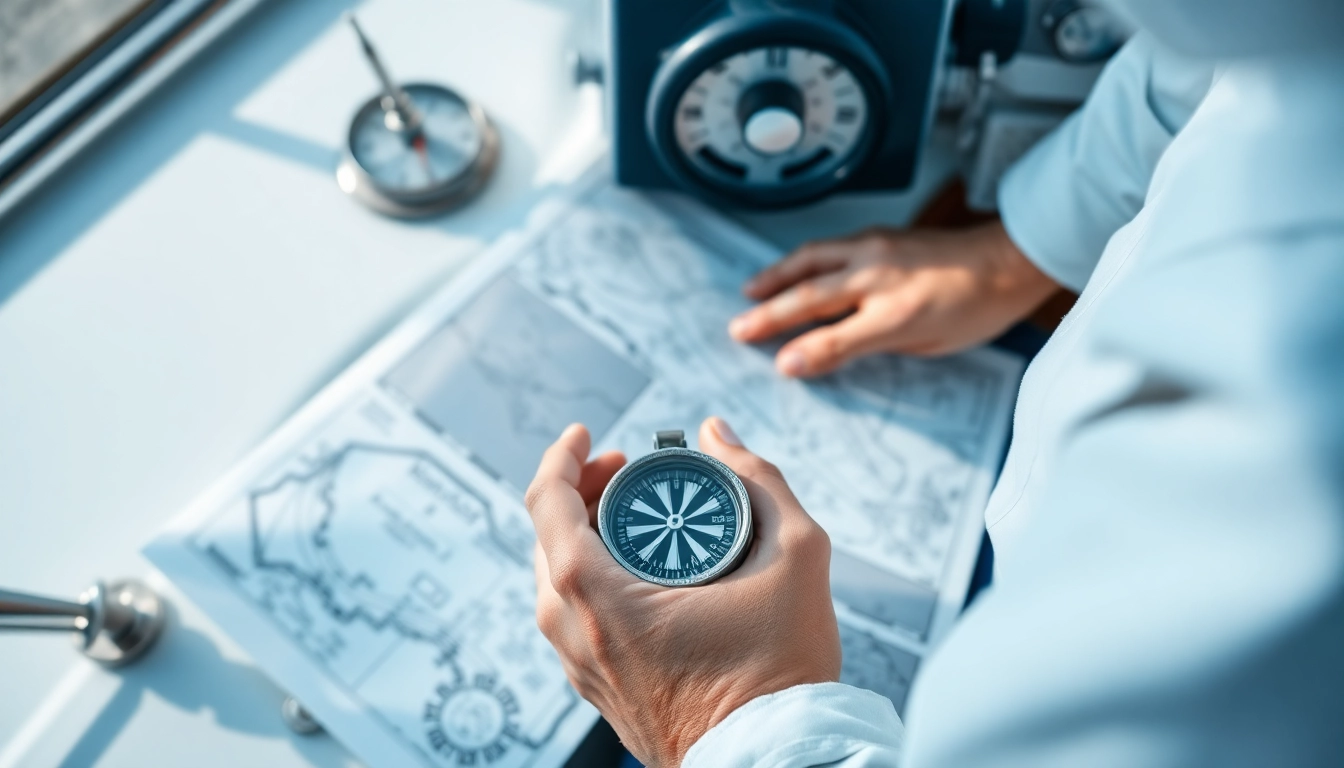Understanding the Fundamentals of Naval Navigation and How Accurate Sailing Setup Impacts Performance
Navigation at sea is both a precise science and an essential skill for ensuring safety and efficiency on the water. Among the critical components of effective navigation is the Boots Versegelung — the method by which a vessel’s position and course are determined and maintained. Whether sailing on tranquil lakes or traversing open seas, a well-executed versegelung supports optimal route planning, fuel efficiency, and safety. In this comprehensive guide, we explore the core concepts behind the boots versegelung, its significance for boaters, and how modern equipment and techniques can elevate your navigational accuracy.
What is Boots Versegelung and Why Is It Crucial for Boaters?
Defining Boots Versegelung
Boots versegelung, or sailing alignment, refers to the process of determining and setting the correct course for a watercraft. It involves precise measurements of directions and positions, often relying on a combination of traditional navigation methods and modern tools. Accurate versegelung ensures that your boat stays on the intended path, avoiding hazards, minimizing wasted time, and conserving fuel.
The Significance of Accurate Versegelung
For boaters, especially those venturing into complex waterways or long-distance journeys, accuracy in navigation is paramount. A slight deviation can lead to significant positioning errors over time, potentially resulting in running aground or missing critical waypoints. Moreover, precise versegelung enhances operational safety, helps in adhering to maritime regulations, and boosts confidence aboard your vessel by providing reliable positional awareness.
Key Navigation Terms and Concepts
- Standlinien: Reference lines drawn on nautical charts that indicate a vessel’s position relative to known landmarks or celestial objects.
- Peilungen: Angles or bearings measured towards fixed points, essential for establishing position via triangulation.
- Streckenführung: Route planning that considers environmental factors like currents, wind, and obstacles.
- Geräte: Instruments such as compasses, GPS devices, and sonars that aid in accurate course setting.
Effective Techniques and Methods for Boots Versegelung
Establishing and Interpreting Standlinien and Peilungen
The foundation of precise navigation lies in establishing correct standlinien and peilungen. Standlinien are drawn based on fixed landmarks or celestial bodies, providing a baseline for position calculations. Peilungen involve measuring angles to these objects using magnetic or gyro compasses. Accurate calibration of these instruments is essential to prevent cumulative errors.
For example, when approaching a known lighthouse, a navigator takes bearing readings from the compass and plots the resulting line on the nautical chart. Multiple such lines from different landmarks enable triangulation, pinpointing the vessel’s exact location.
Utilizing Terrestrial Navigation in Modern Boating
Although digital tools are prevalent, terrestrial navigation remains a valuable skill, especially when electronic systems fail. Techniques involve using visible terrain features, buoys, or known geographic points combined with protractor-based angle measurements and chart plotting. This method demands practice but provides crucial backup in emergency scenarios.
The Role of Modern Devices and Digital Aids
Technological advances have revolutionized boots versegelung. GPS units, electronic compasses, and radar provide real-time positional data with high accuracy. Sophisticated navigation software allows for dynamic route adjustment, obstacle detection, and integration of weather data. For instance, handheld GPS devices and marine chartplotters significantly reduce human error and streamline decision-making.
Practical Tips for Safe and Reliable Boots Navigation
Preparation and Planning
Thorough preparation is vital. Before departure, ensure your navigation instruments are calibrated, and all charts are up-to-date. Planning your route with consideration of environmental factors such as tide tables, wind forecasts, and known hazards will position you for a successful voyage.
Avoid Common Errors in Orientation and Tracking
Human errors—like misreading instruments, neglecting to calibrate compasses, or misinterpreting chart details—can compromise navigation accuracy. Regular cross-checking between electronic and visual cues helps detect discrepancies early. Maintaining a vigilant lookout and updating your position frequently are best practices.
Real-World Applications and Case Studies
A notable example is the navigation of a coastal sailor employing triangulation from lighthouse bearings, combined with GPS verification, to precisely locate reefs and safe passages. Such cases underscore the importance of utilizing multiple methods to confirm positional accuracy, especially in challenging conditions.
Maintaining and Updating Your Navigational Equipment
Regular Calibration and Inspection
Like any precision tool, navigation devices require routine maintenance. This includes checking compass calibration, updating GPS firmware, and verifying the accuracy of chart plotters. Proper care prevents drift and measurement inaccuracies over time.
Wartungstipps for Charts and Peilgeräte
Maintaining clean, undamaged charts and replacing outdated maps ensure reliable plotting. Using protective covers and storing instruments correctly enhances their longevity and performance.
Latest Trends and Technologies in Boots Versegelung
Innovations such as augmented reality navigation apps, wind sensors, and integrated AIS (Automatic Identification System) onboard vessels are pushing the boundaries of traditional navigation. Embracing these developments offers a competitive edge in safety and efficiency.
Measuring Performance and Improving Your Navigation Skills
Indicators of a Well-Executed Versegelung
Success metrics include consistent position verification, minimal course deviation, and the ability to accurately adapt to environmental changes. Periodic self-assessment through route logs and debriefings enhances skills.
Analyzing Navigational Data for Better Outcomes
Recording your courses, bearing readings, and environmental conditions allows for evaluating navigation decisions. Recognizing patterns and errors leads to targeted improvements.
Further Education and Training Opportunities
Participating in certified navigation courses, both online and on-site, enhances expertise. Many maritime institutes offer specialized training sessions that include practical exercises with various instruments and scenarios.
